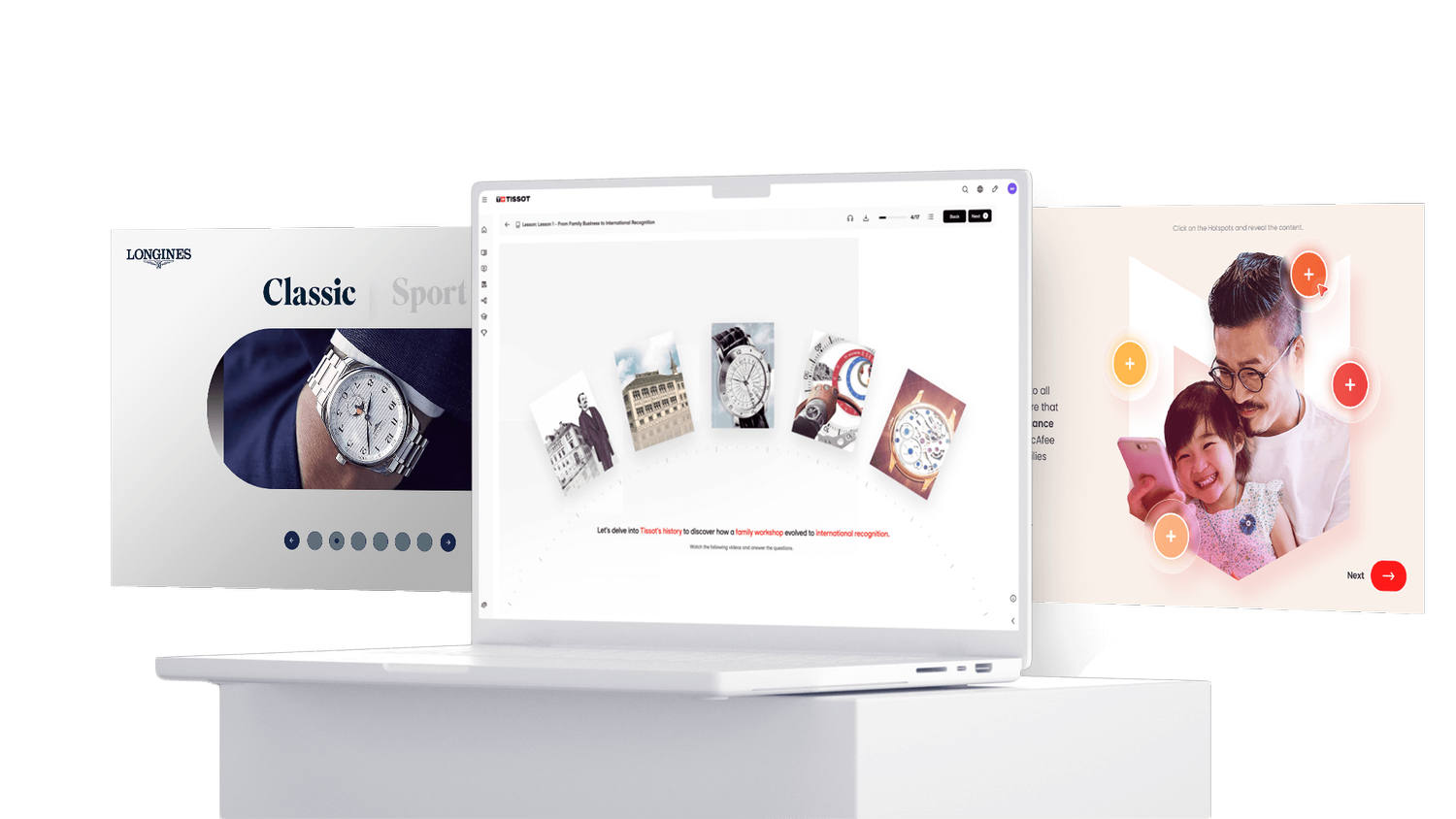How Gamification in Business Can Motivate Your Team and Drive Productivity
Unlocking the Power of Gamification in Business: How to Use It to Drive Engagement and Productivity
Gamification can be a powerful business strategy for companies seeking to boost employee engagement and enhance customer loyalty.
Despite its name, "gamification" isn’t about playing games; instead, it applies gaming elements—like choices, competition, and rewards—to create engaging experiences that motivate users.
Essentially, gamification combines behavioral science with strategic activities, helping businesses increase productivity and foster a more positive environment.
By leveraging tools like leaderboards, badges, levels, and challenges, companies can make workplace tasks and customer interactions more interactive and meaningful. This approach enhances employee motivation and customer satisfaction, which ultimately benefits key performance indicators such as sales, loyalty, and brand trust.
In this article, we’ll explore what gamification is, its core benefits for businesses, and practical ways to implement it to gain a competitive edge.
What is Gamification and How Does It Work?
Gamification in business involves integrating game-like elements into non-gaming contexts (like customer engagement strategies or employee training) to create more engaging, enjoyable experiences.
These game elements can improve user engagement, promote knowledge retention, and make everyday tasks more interactive.
For businesses, gamification can increase employee engagement, strengthen customer loyalty, and promote brand engagement. By adding structured game elements, companies can improve product adoption, drive customer interaction, and boost employee motivation.
Gamification is especially beneficial in training scenarios, where it enhances learning experiences and helps companies achieve their business goals through fun, interactive methods.
Key Benefits of Gamification for Businesses
1. Boosted Engagement
Adding game-like elements to business tasks greatly enhances employee and customer engagement. Increased interaction builds brand loyalty and keeps employees motivated, helping companies achieve better outcomes.
2. Increased Product Adoption
Gamification appeals to younger, digitally savvy customers who are comfortable with gaming elements, making it a strong tool for product adoption and brand interaction. By creating interactive experiences, businesses can also reach niche audiences that may be harder to engage through traditional methods.
3. Enhanced Brand Reputation
Creating a positive, gamified experience strengthens the brand reputation by fostering trust and engagement. These positive interactions can lead to higher customer satisfaction and, ultimately, increased revenue.
4. Improved Retention Rates
Gamification helps increase both customer and employee retention by fostering frequent and meaningful interactions with the brand. This encourages long-term loyalty and keeps the brand top-of-mind.
5. Better Learning Experience
Incorporating gamification into training programs can simplify complex information, making it easier for employees to retain key concepts. This enhanced learning experience also promotes better knowledge retention, which boosts employee productivity and skills.
How to Implement Gamification in Your Business
Implementing gamification in business operations can be highly effective if approached strategically. Here’s a step-by-step guide:
1. Analyze Your Audience
Understanding your target audience is essential. Consider what challenges they face and what type of gamified experience will engage them. This analysis helps tailor a program that is both fun and effective.
2. Define Clear Goals
Determine your business goals for the gamification program. Are you looking to increase employee motivation, enhance customer engagement, or strengthen brand loyalty? Clear goals help shape a gamification strategy that supports your overall objectives.
3. Design a Compelling Experience
Design a program that is enjoyable, interactive, and aligns with your business objectives. Use videos, interactive scenarios, and relatable storytelling to enhance the user experience and drive engagement.
4. Launch and Implement
Make the program accessible and relevant for your team by integrating it into daily tasks. This makes it practical and helps ensure the gamification strategy achieves lasting results.
5. Track and Optimize
Once launched, track important metrics, such as engagement rates, retention, and performance improvements. Use this data to continuously optimize the program, ensuring it remains aligned with your business objectives and audience needs.
Developing a Successful Gamification Strategy
Before implementing gamification in your business, it’s crucial to develop a well-defined strategy. Here are some important steps:
Identify Needs and Objectives: Pinpoint specific challenges that gamification can address, like improving employee training retention or increasing customer engagement.
Know Your Audience: Different audiences engage with gamification in different ways. Consider their preferences and design a gamified experience that resonates.
Select the Right Platform: Choose a platform that supports your gamification objectives, such as a video-based learning tool or an interactive website.
Track Key Metrics: Monitor metrics such as engagement rates and completion rates to measure the program’s success. Use insights from these metrics to refine the program over time.
Measuring the Success of a Gamification Program
To gauge the effectiveness of your gamification program, tracking key performance indicators is essential. Important metrics include:
Engagement: How often users interact with the gamified content.
Retention and Loyalty: Indications of increased employee and customer loyalty.
User Feedback: Insights from surveys or direct feedback on the user experience.
Business Outcomes: Metrics like sales, customer satisfaction, or employee productivity that reflect broader business goals.
These data points help businesses fine-tune their gamification strategy, ensuring it delivers measurable results aligned with business objectives.
Gamification as a Tool for Business Growth
Gamification is an innovative way to enhance business engagement and build loyalty through meaningful, fun experiences.
Whether it’s used for employee training, customer engagement, or sales motivation, gamification turns everyday tasks into exciting, goal-oriented activities that resonate with users.
In addition to improving learning and retention, gamification provides valuable tracking metrics, which allows companies to recognize achievements and keep participants motivated.
Gamification is versatile and can benefit industries ranging from retail and healthcare to tech and education, giving companies a fresh approach to boosting employee productivity and strengthening brand loyalty.
Conclusion
Gamification offers a modern approach to business engagement, helping companies build stronger connections with employees and customers alike.
By implementing a strategic gamification plan, businesses can foster a more motivated workforce, drive higher customer satisfaction, and achieve measurable results.
If your business is ready for a dynamic way to improve engagement and productivity, gamification might be the strategy that takes your organization to the next level.




